Graphene underwear.
L(170÷95) Waist circumference65 leg circumference21.
XL(175/100)Waist circumference 69 leg circumference 23.
XXL(180/105)Waist circumference 73 leg circumference 25.
XXXL(185/110) Waist circumference77 leg circumference27.

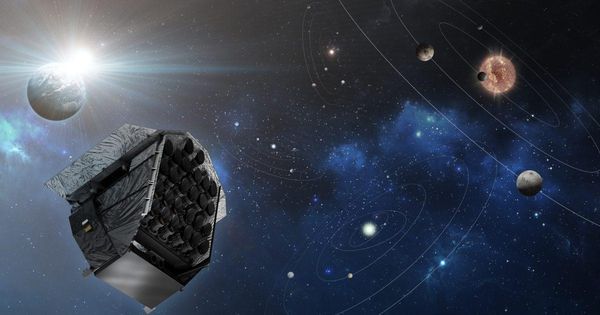

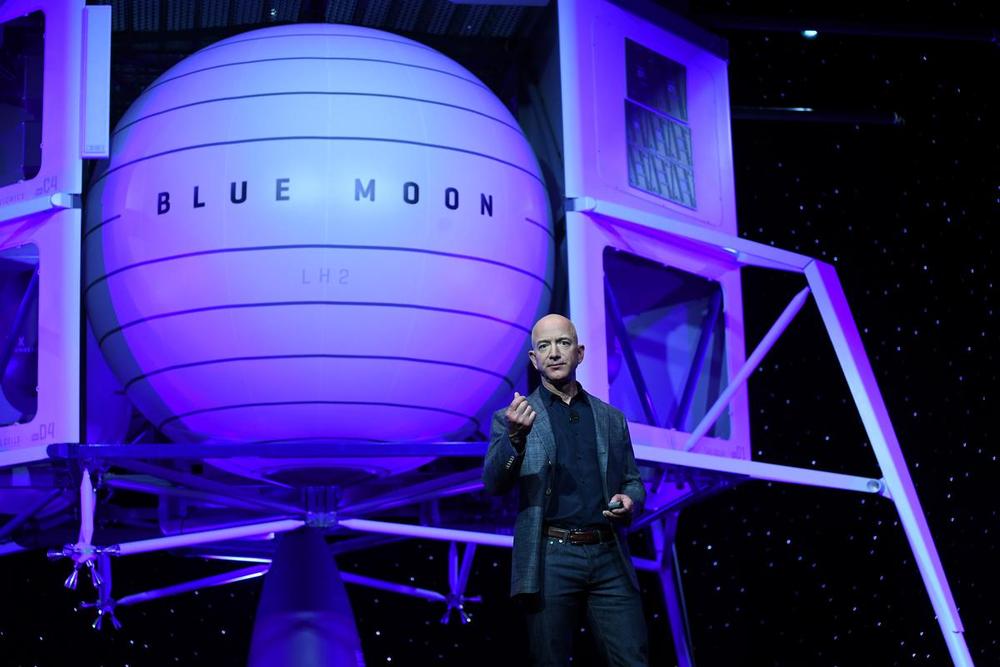
WASHINGTON (Reuters) — Billionaire entrepreneur Jeff Bezos, founder of rocket company Blue Origin, unveiled on Thursday a mockup of a lunar lander spacecraft and discussed missions to the moon in a strategy tailored to the U.S. government’s renewed push to establish a lunar outpost in just five years.

A killer asteroid will hit the Earth, and it is not a matter of “if” but “when,” based on the discussions during last week’s 2019 International Planetary Defense Conference.
Bill Nye opened up about the threat of asteroid impacts and possible extinction, explaining that people need to be more aware of this threat. “The Earth is going to get hit with another asteroid,” Nye said during the 2019 International Planetary Defense Conference. “The problem is, we don’t know when.”
Nye, who is known as the TV “Science Guy” and is currently the CEO of the Planetary Society, continued by saying that even if an asteroid doesn’t hit Earth within the next few decades, the threat is still there.

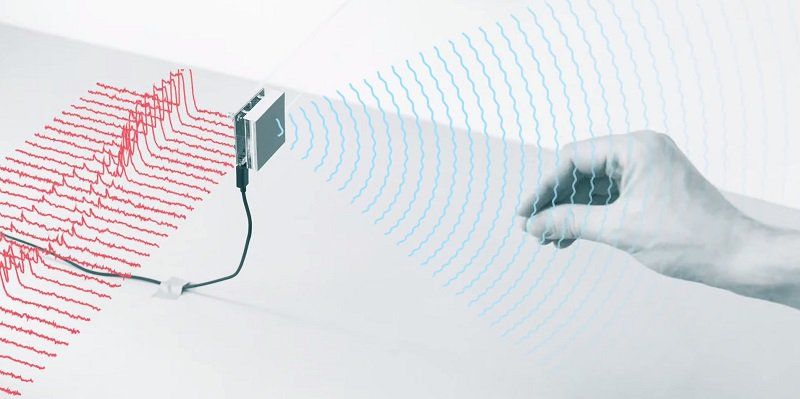
Google has won approval from US regulators to create sensors that can be triggered with hand gestures, dubbed “Project Soli,” Reuters reports.
The news: Google started work on Soli in 2015 but hit a roadblock because the sensors were required to operate at lower power levels than the company planned. These restrictions are in place to stop new products from interfering with other (more important) technologies—in this case radio astronomy and a satellite service. Now the US Federal Communications Commission has granted Google a waiver to let it operate Soli sensors at higher power levels, between 57 and 64 gigahertz. The FCC said this will “serve the public interest.”
How it works: The sensors use radar to capture motion in three-dimensional space. It means users can press invisible buttons or use a virtual dial, for example. The radar signal can penetrate fabrics, meaning it could work through a pocket or backpack.
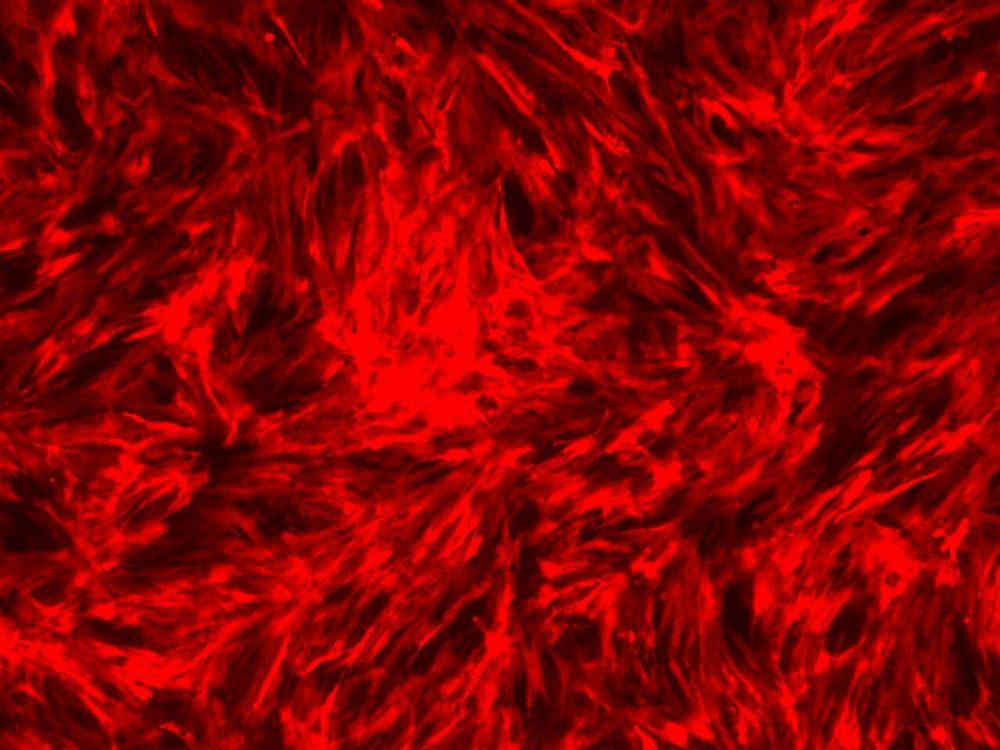
Cardiovascular disease is a major cause of death worldwide, and treating it isn’t easy. The disease wreaks havoc on patients’ blood vessels and can require complex bypass surgery.
Scientists at the Morgridge Institute for Research are working toward a dream of creating artery banks—similar to blood banks common today—with readily-available material to replace diseased arteries during surgery.
The latest work in the lab of Morgridge regenerative biologist James Thomson puts the science one step closer to that goal.
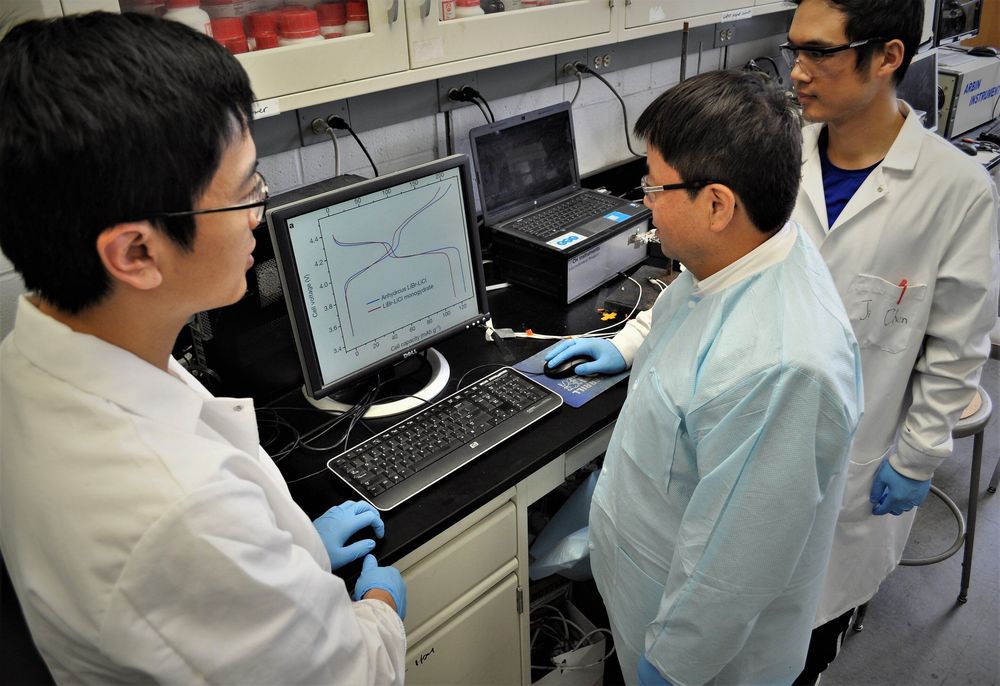
Researchers at the University of Maryland (UMD) and US Army Research Lab (ARL) have taken a critical step on the path to high energy batteries by improving their water-in-salt battery with a new type of chemical transformation of the cathode that creates a reversible solid salt layer, a phenomenon yet unknown in the field of water-based batteries.
Building on their previous discoveries of the water-in-salt electrolytes reported in Science in 2015, the researchers added a new cathode. This new cathode material, lacking transition metal, operates at an average potential of 4.2 volts with excellent cycling stability, and delivers an unprecedented energy density comparable, or perhaps higher than, non-aqueous Li-ion batteries. The authors report their work on May 9 in the journal Nature.
“The University of Maryland and ARL research has produced the most creative new battery chemistry I have seen in at least 10 years,” said Prof. Jeffrey Dahn of Dalhousie University in Canada, an expert in the field not affiliated with the research. “However, it remains to be seen if a practical device with long lifetime can be created.”